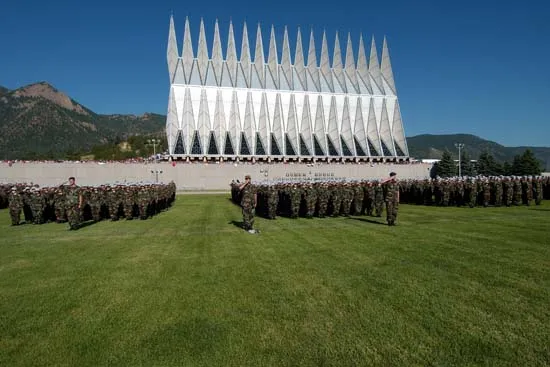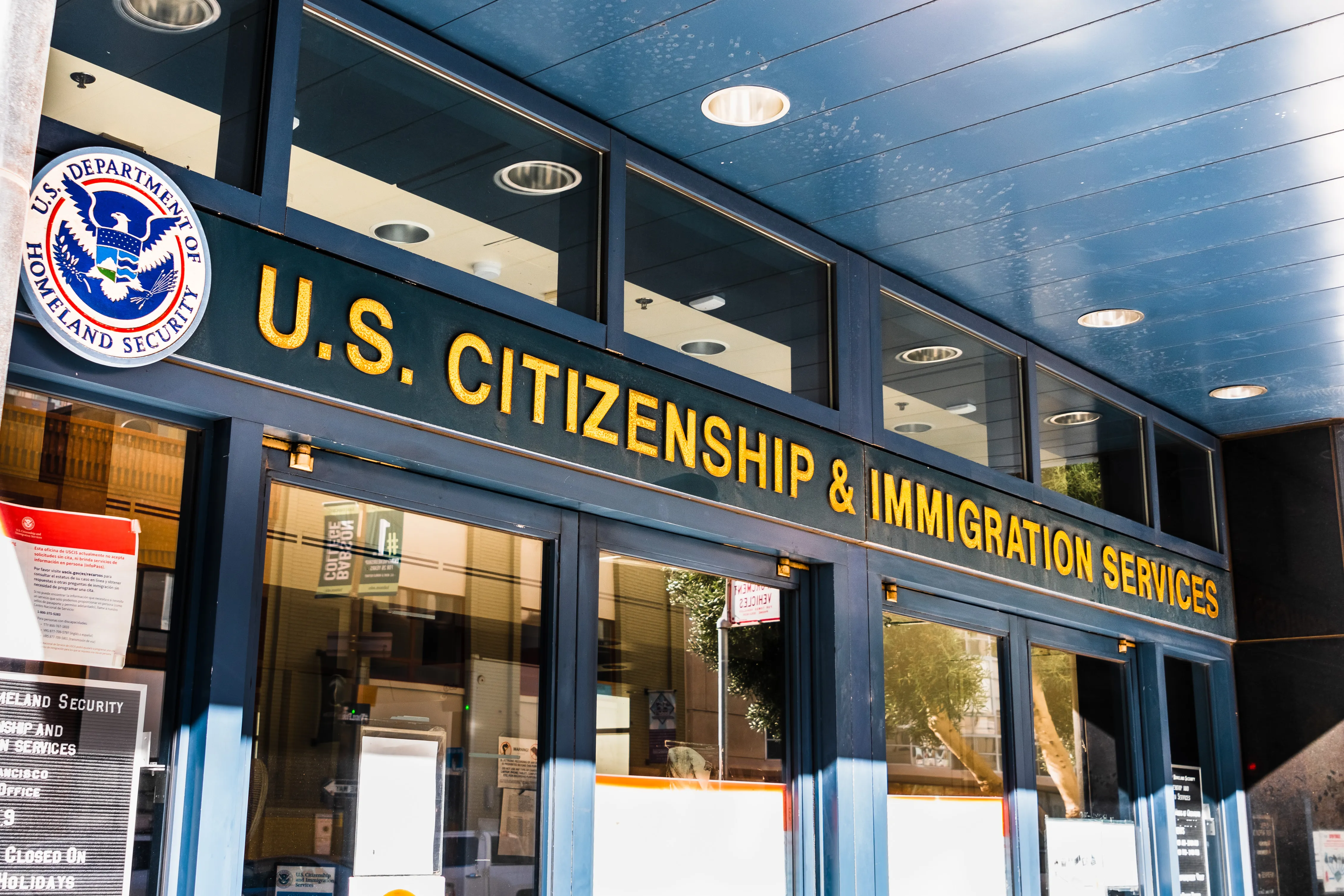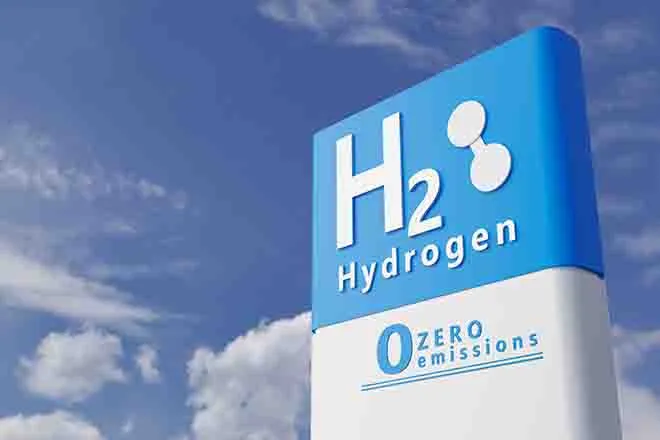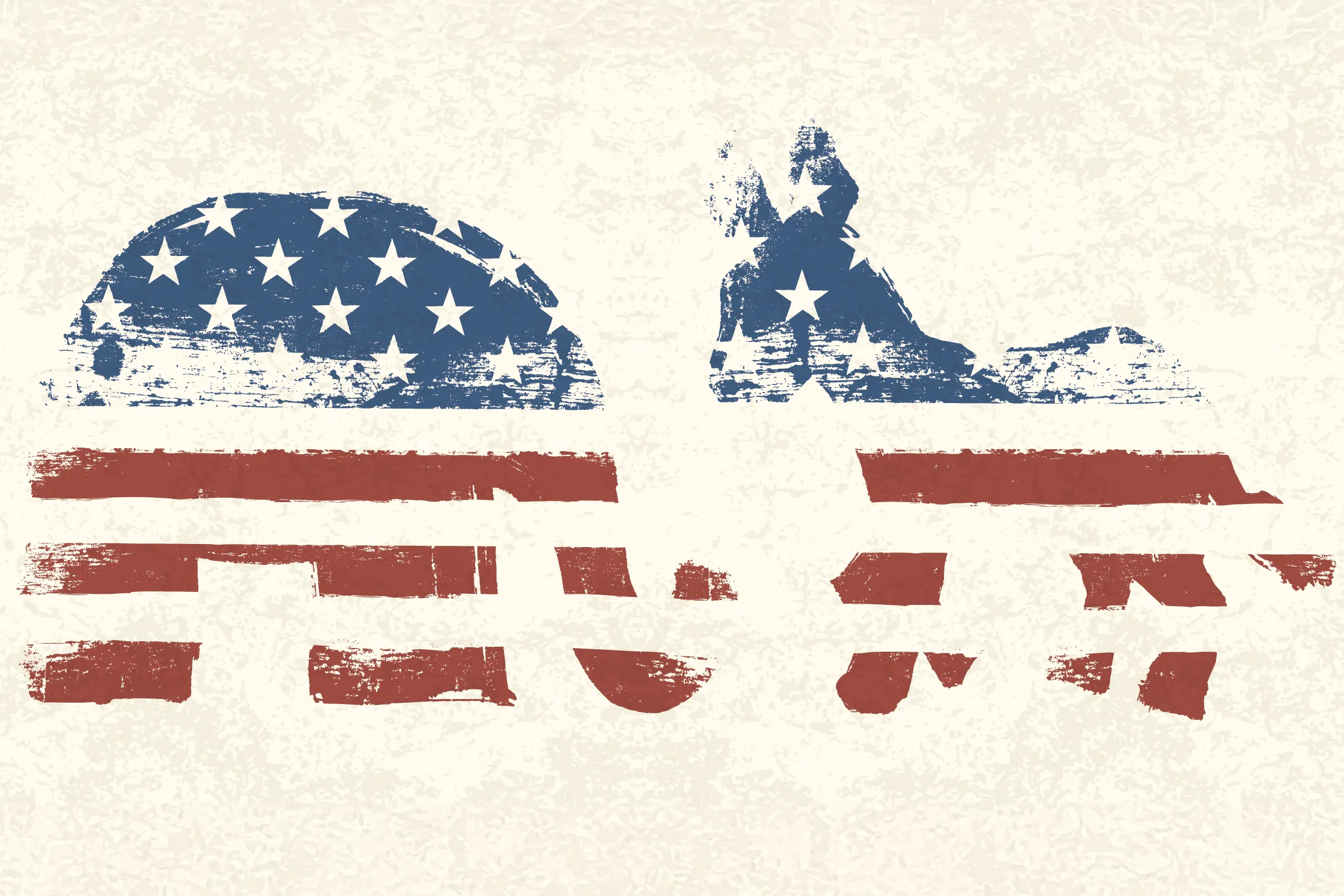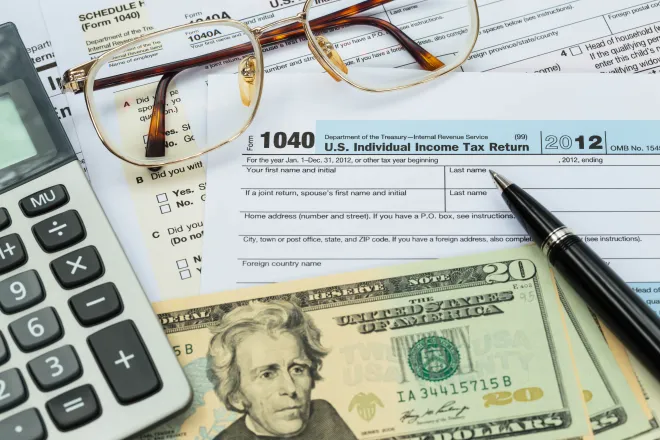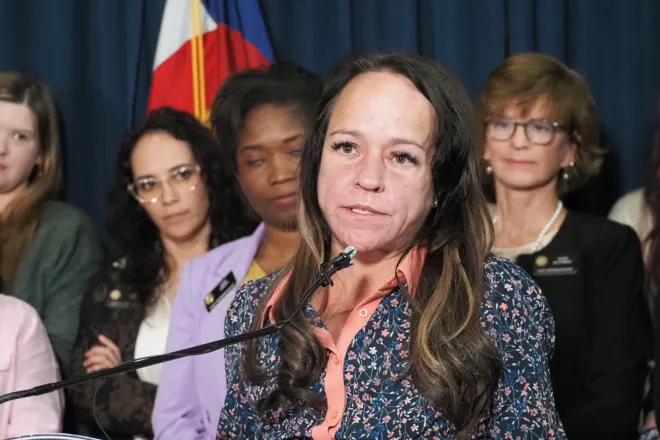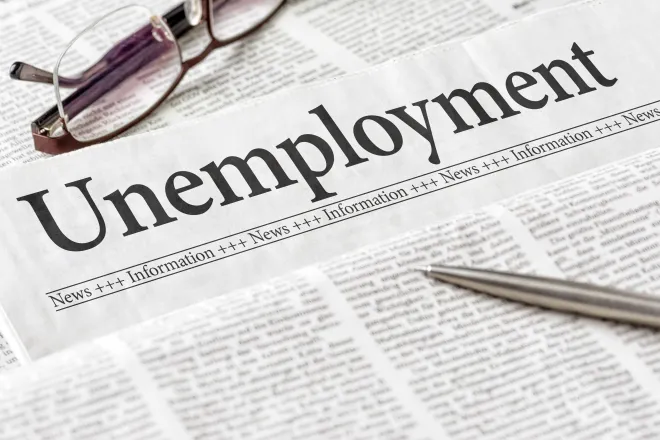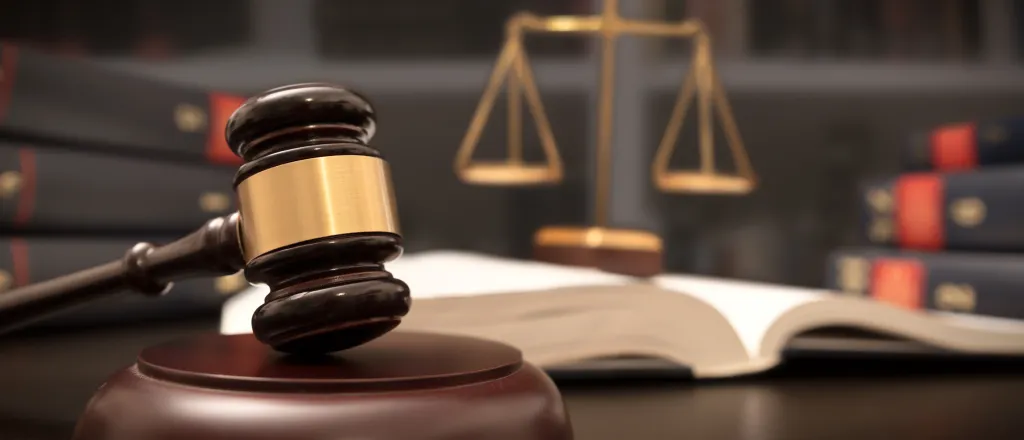
Utah state attorneys ask judge to pause order tossing out congressional map while they appeal
The Utah Legislature’s attorneys are asking the courts to pause the ruling earlier this week that tossed out the state’s current congressional boundaries and ordered lawmakers to draw a new map.
Lawmakers lawyers argued in a court filing Friday that 3rd District Court Judge Dianna Gibson should push pause on the permanent injunction she put on the congressional map the Utah Legislature enacted in 2021 until “any appeals to the Utah Supreme Court and the U.S. Supreme Court are final.”
“Discarding the legislatively enacted 2021 Congressional Map in favor of a new map adopted in less than 30 days, under rules the Legislature has not adopted, does not give the Legislature a meaningful opportunity to perform its constitutional duty and inflicts grave separation-of-powers and constitutional injuries on the Legislature,” the Legislature’s attorneys wrote.
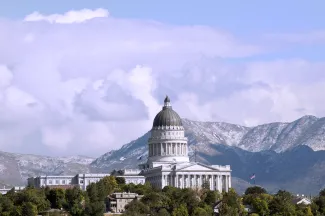
© legacyimagesphotography - iStock-160735792
While the Legislature does intend to “try to enact a remedial map” as Gibson ordered on Monday within her proposed 30-day timeline, they wrote, “it does so while expressly disagreeing with that order’s conclusions and reserving all rights to seek a reversal of that ruling.”
Gibson considered — but did not rule on — the request during a status hearing Friday, where she heard arguments from both the Legislature and the plaintiffs in the anti-gerrymandering lawsuit on what should come next.
The plaintiffs’ attorney, Mark Gaber with the Campaign Legal Center, urged Gibson not to grant the Legislature’s request for a stay, arguing Utah voters have waited long enough for fair congressional districts.
“It would be just tremendously unjust to allow an unconstitutional and unlawful map … to govern yet another election cycle when the people passed this in 2018,” Gaber said. “Seven years have passed.”
Gaber argued that granting a stay would leave voters stuck with an “unlawful map” with only two election cycles left in the decade until a new map would need to be drawn under the regular 10-year redistricting process.
“This has to be the point in which it stops,” he said.
Utah voters narrowly approved Better Boundaries’ ballot initiative in 2018 that enacted Proposition 4, a law that created an independent redistricting commission meant to prevent gerrymandering.
In 2021, however, Utah lawmakers repealed and replaced that law with SB200, which turned the commission into an advisory body that lawmakers could ultimately ignore. The GOP-controlled Legislature did just that when it approved the state’s current congressional boundaries, which Better Boundaries’ alleges is a blatant gerrymander that cracked Salt Lake County into four districts.
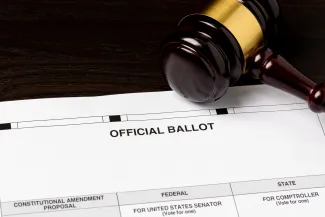
© JJ Gouin - iStock-2074087177
Gibson, in her ruling earlier this week, determined lawmakers repeal and replacement of the Better Boundaries’ independent redistricting commission was unconstitutional, and she voided the 2021 congressional map as a product of an unconstitutional process.
Gibson said she wanted to take time to carefully consider lawmakers’ attorneys’ request while also emphasizing that she knows time is of the essence and expressing a desire to give the Legislature as much time as possible to draw a new map and allow public input.
The Utah Lt. Governor’s Office has told the court that a new map must be in place by November 1 to allow time for counties to prepare their own maps and approve their precincts in time for the beginning of January, when candidates can begin filing.
Gibson, however, asked the lieutenant governor’s attorney to explore if any additional time is possible, even if it’s just a matter of days.
She also stressed that the timeline included in her Monday ruling was a proposal and not set in stone, wanting to illicit input from both parties.
“As you all know here, we are sort of in uncharted territory here,” Gibson told the courtroom as Friday’s hearing began. “There’s really not a road map for what we do next. And what we do next depends on a lot of different things.”
Tyler Green, the lawmakers’ attorney, told Gibson his clients continue to disagree with her ruling, but if she doesn’t grant a stay, they plan to move forward with her timeline. However, he requested more specifics from her on how the process should play out and welcomed any additional time possible to allow “more time for the Legislature to do its job and more time for citizens to participate.”
Green also argued that the 30-day proposed timeline in Gibson’s ruling doesn’t allow for the same public process set by Proposition 4, and he questioned why, if the court has determined that measure is now Utah law, the court isn’t abiding by all of its processes to draw the new map.
Gaber, however, argued that had the Utah Legislature not unlawfully repealed and replaced Proposition 4 in the first place, the matter wouldn’t be in court at all. He also argued that Utah is not unique, and that other states have faced court-imposed deadlines because they’ve failed to properly adopt maps under their own redistricting processes.
“This is something that happens,” Gaber said, “when a map violates the law.”

